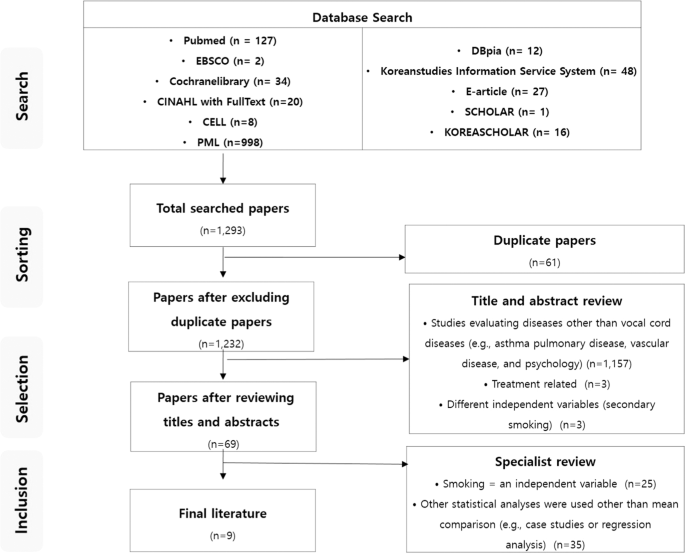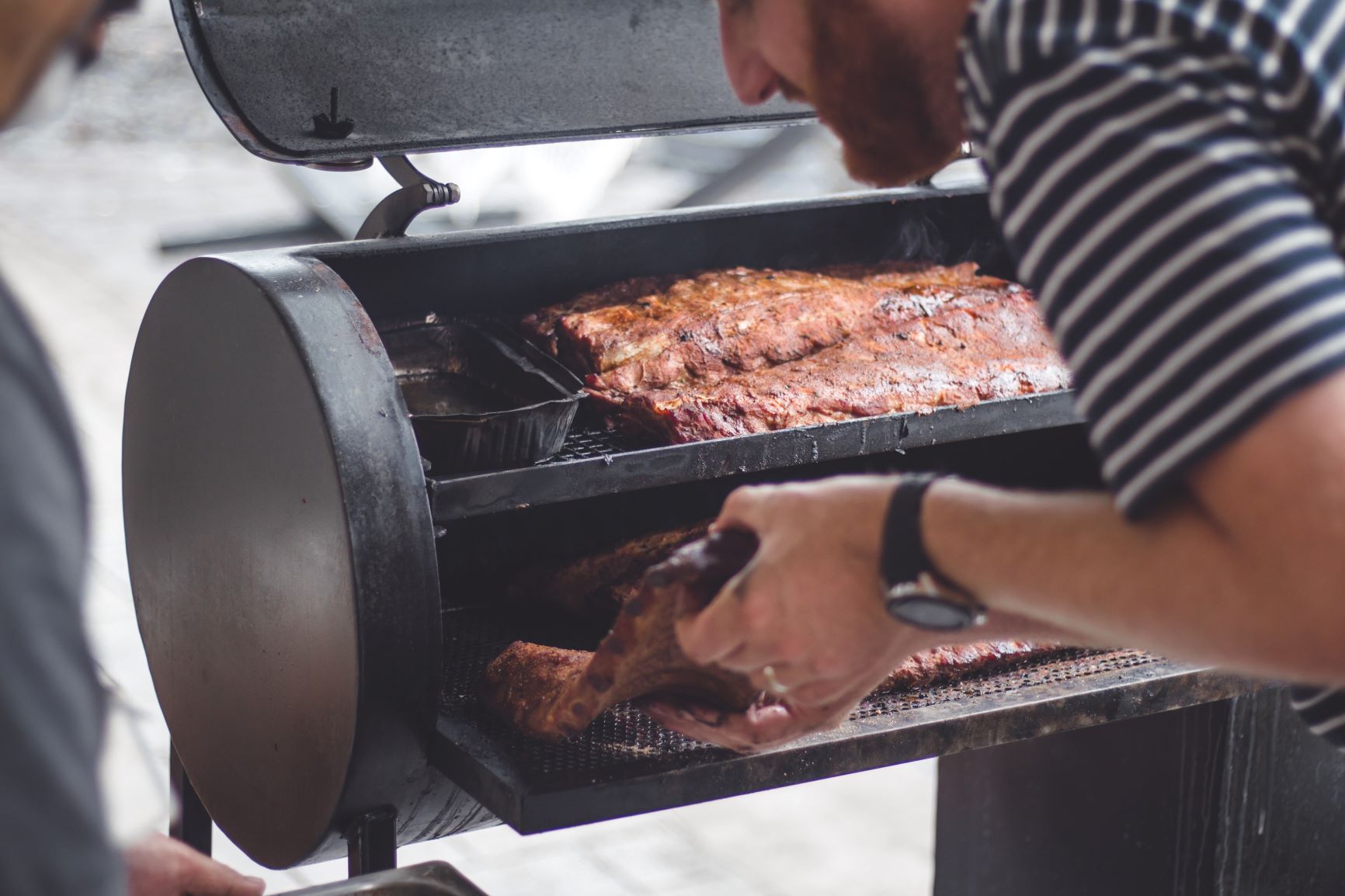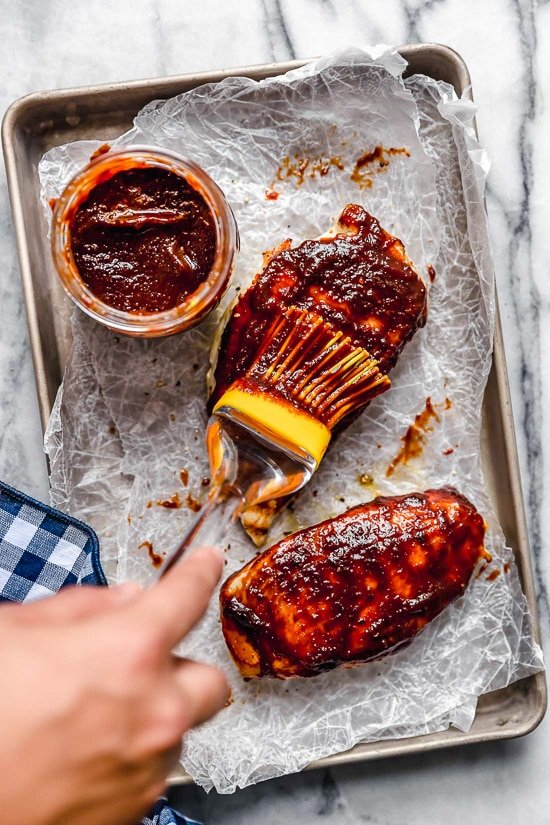
The bones need to be removed before you can start smoking prime rib. You can either do this yourself using a knife to carefully slice through the bones, or hire a butcher. The next step is to trim off excess fat, cartilage, meat. Paper frill caps can be used for serving. Most butchers remove all fat before they smoke.
How to cook a prime rib
The ultimate holiday dinner is never complete without smoked prime rib. The flavor and tenderness of prime rib will be a treat for anyone and is a surefire way to impress your family and friends. After smoking, it's essential to be able to cook primerib. Here are some tips. Check the temperature before you start cooking rib roast. If the meat is rare, roast it at 120-125degF, then move it to 130-139degF. 140-145degF is the ideal temperature for medium doneness. Cover the prime rib with aluminum foil before serving. Allow it to rest for 30 minutes. You can reverse-sear the meat by removing it from the smoker at 10 degrees below the desired temperature and doneness. To keep the roast warm, wrap it in aluminum foil.
Ribs should be cooked at a temperature of around 225 degrees Fahrenheit. However, uneven cooking can occur if there are significant temperature fluctuations. To ensure that the internal temperature is correct, it is important to use a good meat thermometer. To monitor the temperature during cooking, you can use a remote probe thermometer. If the temperature is not right, remove the ribs from the oven and allow them to cool on the counter for two hours.
Make sure to choose a prime Rib with a thick and moist interior. You should only choose the best-quality meat. It must be organically grown and sustainably raised. A butcher can do the job for you. They will remove the bones, trim fat and tie back the bone if needed. You can either choose a larger or a smaller roast, depending upon the size of your prime rib.
The best wood for smoking
There are many wood types that can be used to smoke prime rib. Each one has its own unique flavor. A combination of two or more ingredients will produce the best flavor. Woods can be combined to create a more smoky flavour. Hickory produces a rich smoky flavor, while pecan and cherry are more mild. Although Hickory is the best choice for smoking prime ribs, it can also be used as a standalone ingredient to add flavor.
If you are looking for a traditional BBQ flavor, you can use mesquite, hickory, or applewood. You can also smoke applewood or cherry if your preference is for a milder flavor. Although applewood and hickory make great smokes for prime rib, these woods are not ideal for smoking chicken. A smoker designed for ribs should be your best choice.

The most popular choice for smokers is oak. It gives off a mild smoke flavor. Because it is quick to burn and requires very little wood to make great smoked meat, this wood is great for beginners. You can control the temperature, flavor and texture by adding small amounts of oakwood bit by bit. Also, you might want to try different woods to find the one that suits your tastes.
Carving a prime rib
You can easily carve a primerib for smoking if you only follow a few steps. Begin by removing the chinebone and rib bones of the bottom roast. This will allow the juices to redistribute and normalize the temperature gradients. During rest, meat will continue rising by approximately 5 degrees F. A meat probe can be used to determine the meat's temperature.
After carving the prime Rib, wrap it in aluminum foil for at most 20 minutes. The internal temperature should reach 125 to 130 degrees F, about 5 degrees lower than desired for Medium Rare. A prime rib will cook faster when it is removed from the barbecue. Therefore, allow the meat to rest before you begin carving. To avoid over-cutting the meat, a long, thin blade is recommended.
Direct heat can be used to smoke a prime-rib. Smoke the prime rib for about thirty minutes per pound. You can add wood after half-cooked meat to enhance the fire flavor. Light fruitwood won't overpower the meat. After the roast has been cooked, let it rest for at least an hour before carving. The roast will cook evenly if it is at room temperature.
Applying a thin layer o fat to a prime rib
When you're buying prime rib, you should ask the butcher to trim off the fat. It adds flavor and helps the meat cook evenly. To do this, reduce the fat to 1/4" thickness. However, you should be wary of completely removing the fat, as this will reduce the flavor of the meat. Although it is easy to mistake a prime-rib for a prime, the USDA grade system makes it easier to identify prime ripe.
The fat cap should be removed before you smoke your prime rib. This will make the meat tenderer and more moist. The next step is seasoning the meat with salt, and a prime-rib rub. This isn't a mandatory step but you might want to brine the meat to help it smoke. This is a common error that many smokers make. It is a common mistake to leave the fat on the prime-rib. This can ruin the meat's flavor.
The top layer of fat and silverskin must be removed in order to create a perfect smoking prime rib. This layer is made up of connective tissues that have a silvery sheen. It's not edible, but this layer prevents meats from falling off of the bone. While many people prefer to remove the silverskin, removing it will give the finished product a better texture.
Adding au jus
Prime grilled ribs can be enhanced by adding au jus. These are some helpful tips for making the sauce. First, you should prepare a small sauce pot with beef broth. The broth should be mixed with the flour until it becomes clumpy. Then, stir in the wine and beef broth until the mixture reaches the desired consistency and thickness.

After the meat has been cooked, and allowed to rest for approximately 2 1/2 hours it is ready to be served. Place the meat on a cutting board. Then, cover it with foil. For large parties, you can opt for a larger roast and serve it alongside a favorite side dish. Remove the prime rib from its smoking pan. Let it rest for at most 30 minutes before serving. Make the au jus sauce during this time.
Adding au jus to prime rip smoking: The au jus is the perfect way to make the most delicious barbecue sauce. Let the beef cool down to resorb its juices. It's possible to end up with too much meat if the beef isn't allowed to cool completely. To ensure that the beef is juicy and tender, it's important to let it rest for at least 30 minutes.
How to smoke a prime Rib
To make smoking a prime rib as easy as possible, you will need to follow a few simple steps. Before you begin cooking the rib, season it for at least four days. The seasoning acts as a dry marinade for the meat. Next, you'll need to rest the rib for at least 20 minutes before you start smoking it. Then, you'll need to select a wood to smoke the prime rib. To ensure the meat doesn't taste too strong of smoke, it should be medium-smoking.
Before you smoke a prime-rib, decide how rare and tender you want it. A rare roast should cook in 35 minutes per kilogram. Medium roast should be done in 40 minutes. Medium-rare roasts should reach 145-145 degrees F. You can then remove the smoker from the flame, cover it with aluminum foil and allow it to rest for 30 minutes.
You can now prepare the sides after it has been smoked. Prepare a plate for it. The best way to enjoy the rich flavors of prime rib is by smoking it. If you want, you could also add some mashed potatoes (such as Herb Garlic Mashed Potatoes), to the meat. Add some herbs and spices to make it even more delicious. A thermometer for the meat is necessary. It should also be digital.
FAQ
What is the average time it takes to learn how to cook? What amount of time will it take to master the art?
It all depends on your skill level. Some people can pick up basic cooking techniques within a day or two. Others may take several months or longer to feel competent enough to teach themselves how they cook.
There are many factors that affect the time required to learn how cook. An example: Someone who has never cooked before may need more time than someone who makes regular meals. You may also need more experience with certain types of cooking than others. Baking, for instance, requires more skill than frying.
Learn a technique to increase your ability to cook quickly. Once you have perfected that technique, you can move on. You don't need to worry about how many days or weeks it took to learn how to cook. Keep practicing and enjoying the process.
What are my options for learning about cooking?
There are many cooking classes available all over the country. Many schools offer courses in baking, pastry, and wine tasting. If you want to learn more about cooking, you can enroll in a class at a local community college or vocational school, or attend one offered by a private institution.
What is the minimum requirement to become a chef?
No. No. Some went to culinary school simply to gain experience. Culinary school is preferred by most chefs because they have more opportunities to grow and learn. Culinary schools offer students hands-on training, which helps them build valuable skills and improve their cooking knowledge.
How do you store leftovers best?
Tupperware containers are great for storing leftovers. These containers keep food fresh and prevent odors forming. They also keep foods warm longer. Remaining food can be frozen in freezer bag. When freezing food, place the bag inside another freezer bag so that air doesn't escape. Once food has been frozen properly, seal it with a ziplock bag.
Do I need any special equipment to cook?
Cooking doesn't require special equipment. However, the right tools can make it easier to cook. For example, a knife could be used for pasta making or a whisk would be better than a hand mixer for whipping egg whites to stiff peaks. You can make cooking more enjoyable and easier by having the right tools.
Statistics
- In the United States, the category is estimated at $23.2 billion annually and is growing faster than the market. (washingtonpost.com)
- You'll be amazed that over 90% of CIA students receive scholarships and grants to finish their culinary studies. (ischoolconnect.com)
- under 10 Kids have been taught that there is special food just for them, and Fiese says that 10 percent of kids will throw a tantrum if they don't get the food they want. (washingtonpost.com)
External Links
How To
How to cook steak
The thickness and cooking method of any kind of meat will affect the way it is cooked. Thicker steaks, for example, are better cooked at low heat while thicker steaks require higher temperatures.
Also, don't cook them too long as it will cause loss of flavor. You should always remove the steak from the skillet when it's done. This will prevent you from burning yourself.
Cooking times will vary depending on how large the steak is and what degree of doneness you desire. Here are some guidelines:
Medium Rare: Cook until medium-rare, which is when the internal temperature reaches at least 145degF (63degC). This takes between 3 and 5 minutes per side.
Medium: Cook the meat until it reaches 160°F (71°C). This usually takes only 6 minutes per side.
Good Cooking: Cook the meat until it is done. This means that the internal temperature reaches 180F (82C). This can take between 8-12 minutes per side.